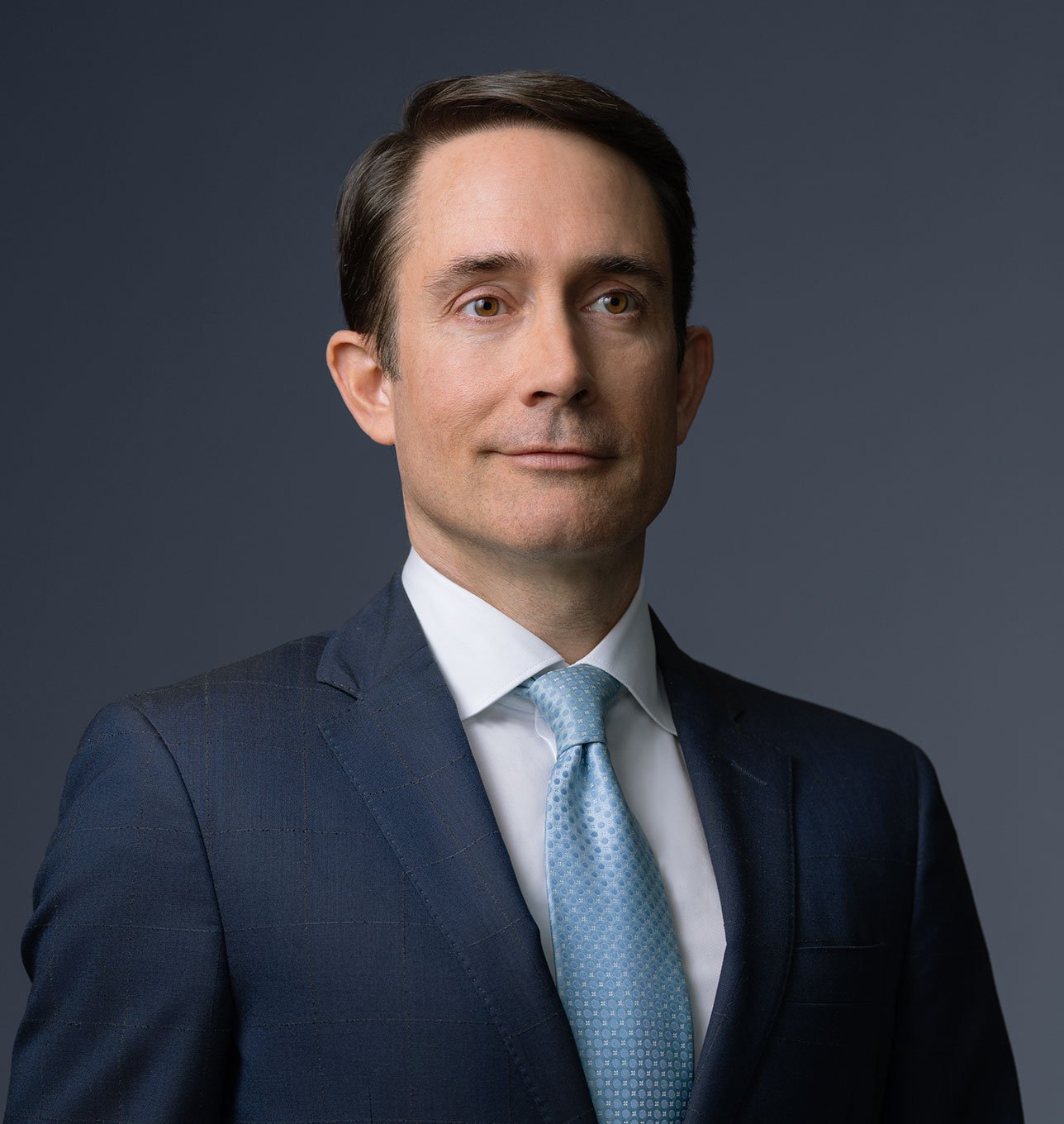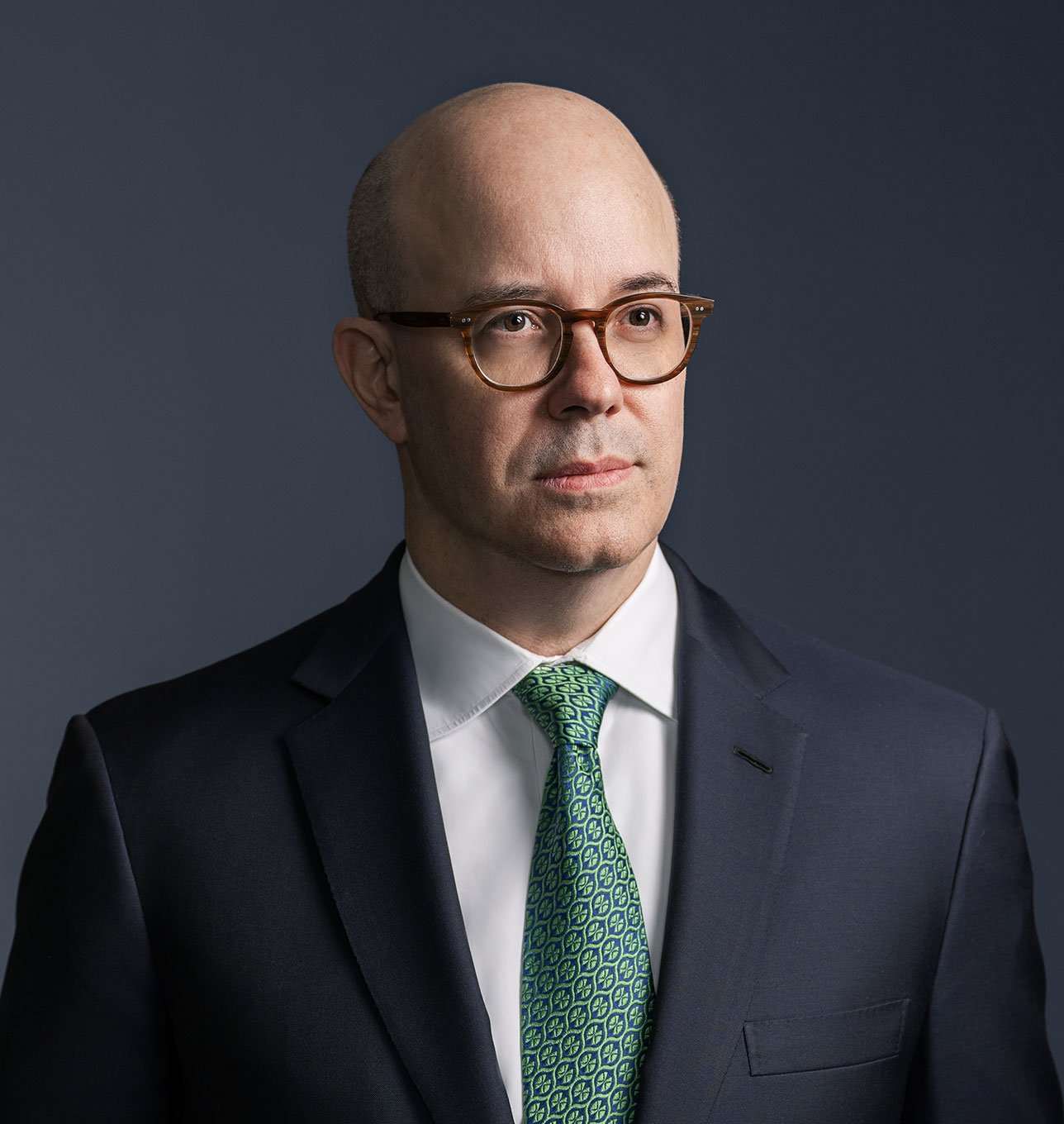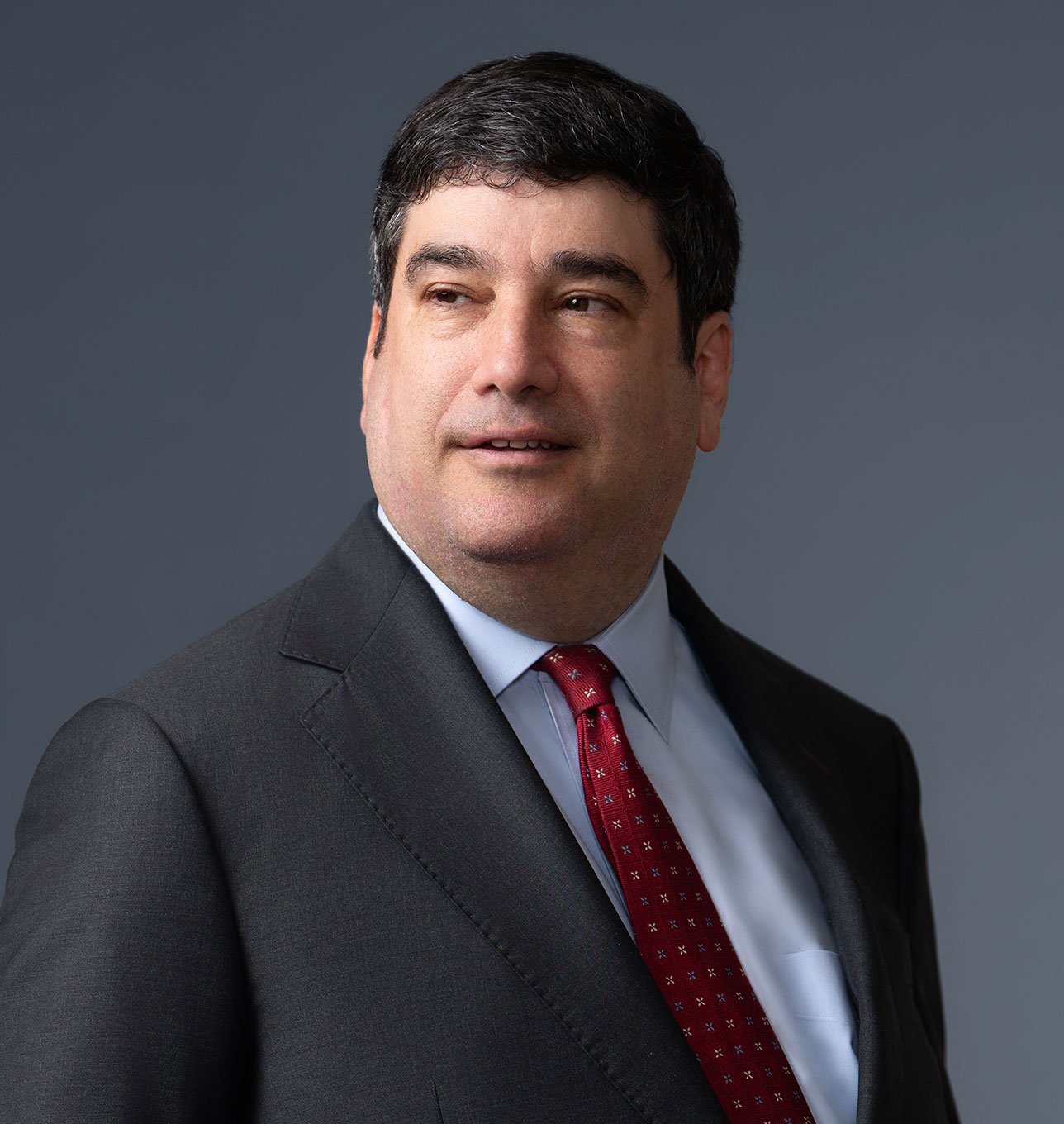U.S. Federal Reserve Announces Main Street Lending Program to Provide Financing to Small and Mid-Sized Businesses
Many companies of all sizes are in need of liquidity due to the effects of COVID-19. Until now, COVID-19 relief programs targeted either large companies or small businesses, leaving companies in the middle without federal relief.1 On April 9, 2020, the Federal Reserve announced the details of a new program, the Main Street Lending Program, intended to help narrow this gap.
Using funds appropriated under the Coronavirus Aid, Relief, and Economic Security (“CARES”) Act, the U.S. Department of the Treasury (“Treasury”) will make a $75 billion equity investment in a special purpose vehicle (“SPV”) established by the Board of Governors of the Federal Reserve System (“Federal Reserve”) for the Main Street Lending Program. This will enable up to $600 billion in new financing for eligible small and mid-sized businesses with up to 10,000 employees or $2.5 billion in 2019 annual revenues. U.S. insured depository institutions, U.S. bank holding companies, and U.S. savings and loan holding companies will originate and service the loans and retain a 5% interest and sell the remaining 95% participation interest to the SPV. Borrowers must agree to comply with conditions on the use of loan proceeds, and there are restrictions on compensation, stock repurchase, and capital distribution.
This Legal Update highlights the key features of the Main Street Lending Program for companies in need of liquidity and outlines the requirements for lenders and borrowers to participate. The Treasury and the Federal Reserve are accepting comments through the Federal Reserve website on the proposed terms through April 16. Comments are submitted through a template form, which generally limits the length of the comments submitted. The Federal Reserve has not yet announced a timeframe for the Main Street Lending Program to be operational.
Key Features
The Main Street Lending Program incorporates a number of features that differentiate it from other relief programs established by the Federal Reserve or by the CARES Act. The program’s structure is unlike any other existing federal relief program, and will leverage U.S. banks to originate eligible loans in which the Federal Reserve (through the SPV) will immediately acquire a 95% interest. The program is also noteworthy as it is the first broad-based Federal Reserve relief program that will impose significant restrictions on compensation, stock repurchases, and dividends.
- Provides Liquidity to Small and Mid-Sized Businesses: The Main Street Lending Program is intended to provide financing for a range of small and mid-sized businesses, many of which are not eligible for relief under other programs such as the Federal Reserve’s corporate bond and commercial paper facilities, the Small Business Administration (“SBA”) Paycheck Protection Program (“PPP”), or other CARES Act relief programs. The Main Street Lending Program is open to U.S. companies with significant operations in and the majority of its employees based in the United States and which employ up to 10,000 workers or had revenues of less than $2.5 billion in 2019.
- Up to $600 Billion Dollars in Loans Through Two Facilities: Using part of the $454 billion CARES Act appropriated by Congress to support the Federal Reserve’s lending facilities, the Federal Reserve will make a $75 billion equity investment in a Main Street Lending Program SPV. This SPV will be shared by two Main Street facilities. The Main Street New Loan Facility (MSNLF) is intended to help facilitate new loans to businesses. The Main Street Expanded Loan Facility (MSELF) is intended to help facilitate the extension of already existing loans. Together, the two facilities will provide up to $600 billion in financing.
- Loans Originated by U.S. Banks, and Risk Shared with Federal Reserve: Bank lenders will leverage existing underwriting and origination infrastructure to originate the loans. Only U.S. banks, bank holding companies, and savings and loan holding companies are eligible to originate loans. After originating the loans, the banks sell a 95% participation interest to the Main Street facility and retain a 5% interest, and share risk on a pari passu basis.
- Four-Year Loans, with Principal and Interest Deferred for One Year: All Main Street loans will have a minimum size of $1 million, with an interest rate equal to the Secured Overnight Financing Rate (“SOFR”), plus 250-400 basis points with a four-year maturity. The SOFR is currently 0.01%, but was over 1.00% before the Federal Open Market Committee (“FOMC”) lowered rates to nearly zero on March 15, and was over 1.50% before the FOMC lowered rates on March 3. Principal and interest payments for all Main Street loans will be deferred for one year. The maximum loan size for new loans under the MSNLF is $25 million. The maximum loan size for the upsized tranche of an existing loan under the MSELF is $150 million.
- Restriction and Conditions on Borrowers: Borrowers must agree to the compensation, stock repurchase, and dividend restrictions that apply to direct loan programs under the CARES Act2. Firms seeking Main Street loans must also commit to make “reasonable efforts” to maintain payroll and retain workers, but are not required to commit to maintain specific levels as is required under other programs.
- Comment Period Through April 16: The Federal Reserve and Treasury are seeking input from lenders, borrowers, and other stakeholders as the program is finalized. Comments may be sent to the Federal Reserve through the Feedback Form on the Federal Reserve website through April 16.
Program Details
The terms and conditions for the two facilities under the Main Street Lending Program, the MSNLF and MSELF (each as defined below), are substantially similar. These terms and conditions are outlined below. For clarity, references to “eligible loans” below include new loans (“MSNLF”) and the upsized tranche of existing loans (“MSELF”) unless otherwise indicated.
Eligibility Requirements for Lenders
The Main Street Lending Program is limited to specific types of U.S. lenders. Lenders will be required to certify that they meet eligibility criteria and attest that they will refrain from making changes to the borrowers’ other outstanding lines of credit.
- Eligible Lenders: U.S. insured depository institutions, U.S. bank holding companies, and U.S. savings and loan holding companies are “Eligible Lenders.” These terms are not defined in the information released to date and these definitions are not expressly linked to the definitions in the Federal Deposit Insurance Act or the Bank Holding Company Act. Nonbank lenders, including fintechs, are not eligible to originate loans. Eligible banks may originate new Main Street loans through the MSNLF, or use Main Street loans to increase the size of existing loans to businesses through the MSELF. Lenders may participate in one or both facilities (unlike borrowers, which are only permitted to participate in one).
- Restrictions on Lenders: Lenders must certify that they meet eligibility requirements and attest that (i) proceeds of the loan (or upsized tranche) will not be used to repay or refinance pre-existing loans or lines of credit made by the lender to the borrower, and (ii) the lender will not cancel or reduce any existing lines of credit outstanding to the borrower.
Eligibility Requirements for Borrowers
The Main Street Lending Program is limited to small and mid-sized U.S. businesses in need of financing due to “exigent circumstances” presented by the COVID-19 pandemic. The program is targeted at businesses with under 10,000 employees, but businesses that exceed this threshold are still eligible so long as their 2019 annual revenues were less than $2.5 billion. Borrowers will be required to certify and attest that they meet eligibility criteria and will comply with restrictions and conditions. Additional clarifying details regarding borrower eligibility, particularly those related to the borrower’s financial condition, are expected to be provided by the Federal Reserve prior to the program becoming operational.
- Attest to Need for Financing: As with all programs relying upon the Federal Reserve’s 13(3) authority, borrowers must attest that they require financing due to the exigent circumstances presented by the COVID-19 pandemic and they are not insolvent. The term sheets published by the Federal Reserve do not further define eligibility or underwriting criteria related to the borrower’s financial condition. The Federal Reserve is prohibited from lending to companies already in bankruptcy proceedings,3 and the Federal Reserve’s press release accompanying the program announcement suggests it may be limited to businesses that were “in good financial standing before the crisis.”4
- Size or Revenue Thresholds: The business must have either (i) fewer than 10,000 employees or (ii) less than $2.5 billion in 2019 annual revenues. This means that businesses with more than 10,000 employees are still eligible as long as they had less than $2.5 billion in 2019 annual revenues; conversely, businesses that exceed the revenue limit are still eligible if they have fewer than 10,000 employees. The Federal Reserve has not defined how the employee thresholds should be calculated, or whether the thresholds require prospective borrowers to aggregate their employee or revenue levels with those of their parents and/or affiliates.
- U.S. Business: The business must be created or organized in the United States or under the laws of the United States with significant operations in and a majority of its employees based in the United States.
- Restrictions on Participation in Other Relief Programs: The business must not also participate in the Primary Market Corporate Credit Facility. Businesses may only participate in one of the two Main Street facilities. For example, a business that receives a new loan through the MSNLF may not also receive an expanded loan through the MSELF. Firms that have taken advantage of the SBA’s PPP are not prohibited from participating in the Main Street program.
Loan Terms
The Main Street Lending Program will offer 4-year loans with a minimum size of $1 million, with principal and interest payments deferred for one year and no penalty for prepayment. Banks will retain a 5% share, selling the remaining 95% to the Main Street facility. Banks will be compensated through a loan origination or upsizing fee and servicing fee.
- Facility Eligibility: Only loans originated on or after April 8, 2020 are eligible for the MSNLF. Loans originated before April 8, 2020 are eligible for the MSELF.
- Loan Origination/Upsizing Fee: A borrower will pay the lender an origination/upsizing fee of 100 basis points. For new loans through the MSNLF, this fee is based on the principal amount of the loan. For expanded loans through the MSELF, this fee is based on the principal amount of the upsized tranche of the loan at the time of upsizing.
- Maturity and Prepayment: All Main Street loans have a 4-year maturity. There is no penalty for prepayment.
- One-Year Deferral: Amortization of principal and interest is deferred for one year.
- Interest Rate: The rate on all Main Street loans is an adjustable rate of the SOFR plus 250-400 basis points. The SOFR is currently 0.01%, but was over 1.50% before the FOMC’s recent rate cuts.
- Facility Fee: The lender will pay the SPV a facility fee of 100 basis points of the principal amount of the loan participation purchased by the SPV. The lender may require the borrower to pay this fee.
- Minimum and Maximum Loan Size: As noted above, the minimum size of Main Street loans is $1 million. The maximum loan size varies based on facility, borrower’s existing outstanding and undrawn debt, and borrower’s EBITDA. The Federal Reserve’s guidance does not specify a methodology for calculating EBITDA, including whether it would be tested on a consolidated basis including the borrower’s subsidiaries (and/or any of its non-subsidiary affiliates) or whether customary credit facility “add-backs” would be permitted, outside of the traditional definitional add-backs of interest expense, taxes, depreciation and amortization.
- Maximum for New Loans (MSNLF): The lesser of (i) $25 million or (ii) an amount that, when added to the borrower’s existing outstanding and committed but undrawn debt, does not exceed four times the borrower’s 2019 EBITDA.
- Maximum for Expanded Loans (MSELF): Maximum loan size that is the lesser of (i) $150 million, (ii) 30% of the borrower’s existing outstanding and committed but undrawn bank debt5, or (iii) an amount that, when added to the borrower’s existing outstanding and committed but undrawn debt, does not exceed six times the borrower’s 2019 EBITDA.
- SPV Participation and Risk-Sharing: The SPV will purchase a 95% participation in a loan (or the upsized tranche of an eligible loan upsized on or after April 8, 2020) at par value, and the lender will retain 5%. The SPV and the lender will share risk on a pari passu basis. New loans under the MSNLF are unsecured term loans and do not require collateral. For loans expanded under the MSELF, any collateral securing the loan, whether such collateral was pledged under the original terms or at the time of upsizing, will secure the loan participation on a pro rata basis.
- Loan Servicing Fee: The SPV will pay a lender 25 basis points of the principal amount of its participation in the loan, or the upsized tranche of the loan, per annum for loan servicing.
Restrictions on Business Activities
Businesses seeking Main Street loans must commit to comply with a number of restrictions on how the proceeds of the loans may be used and other restrictions on actions that the business can take while the loans are outstanding. The conditions on use of loan proceeds are comparatively less restrictive than restrictions imposed on SBA PPP borrowers, but more restrictive than those imposed on participants in other Federal Reserve relief programs.6
- Use of Loan Proceeds: Borrowers must make “reasonable efforts,” using the proceeds of the loan, to maintain their payroll and retain their employees during the term of the loan. Unlike the SBA’s PPP program, the Main Street Loan Program does not set specific levels of employment that must be maintained. Borrowers may not use the proceeds of the loan to repay other loan balances.
- Compensation, Stock Repurchase, and Capital Distribution Restrictions: Borrowers must comply with compensation, stock repurchase, and capital distribution restrictions.7 These restrictions begin on the date the loan agreement is entered into, and end one year after the loan is no longer outstanding. It remains to be seen whether any exceptions will be made with respect to these restrictions, either generally or on a borrower-by-borrower basis.
- Stock Repurchase Restriction: Borrowers must not repurchase an equity security of the borrower or the borrower’s parent company that is listed on a national securities exchange, except to the extent required under a contractual obligation that is in effect as of March 27, 2020, the date the CARES Act was enacted.
- Capital Distribution Restriction: Borrowers must not pay dividends or make other capital distributions with respect to the borrower’s common stock.
- Compensation Restrictions: Borrowers must comply with limitations on executive compensation (including salary, bonuses, stock awards and other financial benefits).8 No officer or employee of the Borrower whose total compensation exceeded $425,000 in calendar year 2019 may receive: (i) total compensation, during any 12 consecutive months, exceeding his or her total compensation in 2019, or (ii) severance pay or other benefits upon termination of employment that exceeds twice the maximum total compensation received in 2019. No officer or employee of the Borrower whose total compensation exceeded $3 million in calendar year 2019 may receive total compensation, during any 12 consecutive months, in excess of the sum of (i) $3 million and (ii) 50% of the total compensation received by that employee in calendar year 2019, in excess of $3 million.
- Prioritization of Debt Payments: Borrowers must refrain from repaying other debt of equal or lower priority, with the exception of mandatory principal payments, unless the borrower has first repaid the Main Street loan in full.
- Maintain Outstanding Lines of Credit: Borrowers must not seek to cancel or reduce any outstanding lines of credit with the lender making the Main Street loan or any other lender.
If you wish to receive regular updates on the range of the complex issues confronting businesses in the face of the novel coronavirus, please subscribe to our COVID-19 “Special Interest” mailing list.
And for any legal questions related to this pandemic, please contact the authors of this Legal Update or Mayer Brown’s COVID-19 Core Response Team at FW-SIG-COVID-19-Core-Response-Team@mayerbrown.com.
1 More information on the programs available for large employers and small businesses can be found in the following Mayer Brown publications: US Treasury and Federal Reserve Announce Two New Corporate Credit Facilities for Large Employers (Mar. 25, 2020), https://www.mayerbrown.com/-/media/files/perspectives-events/publications/2020/03/us-treasury-and-federal-reserve-announce-two-new-corporate-credit-facilities-for-large-employers.pdf; Federal Reserve launches commercial paper funding facility (Mar. 24, 2020), https://covid19.mayerbrown.com/government-federal-reserve-launches-commercial-paper-funding-facility/; Legal Update on Section 4003 of the CARES Act – Liquidity for Eligible Businesses, States, and Municipalities (Mar. 31, 2020), https://www.mayerbrown.com/-/media/files/perspectives-events/publications/2020/03/section-4003-of-the-cares-act-v3-final.pdf.
2 The Main Street Lending Program is established under the Federal Reserve’s Section 13(3) authority; it is not a direct loan program to which the compensation, stock repurchase, and dividend restrictions of Section 4003(c)(3)(A)(ii) would ordinarily apply. See Section 4003(c)(3)(A)(ii) of the CARES Act (recognizing the Federal Reserve’s authority to establish the Main Street program under its 13(3) authority). These restrictions have been imposed by the Federal Reserve as terms and conditions for participation in the Main Street Lending Program.
3 12 U.S.C. § 343(B)(ii) (limiting the Federal Reserve’s 13(3) authority to prohibit lending to insolvent borrowers, defined by statute as borrowers in bankruptcy, Dodd-Frank Act Title II resolution, or any other federal or state insolvency proceeding).
4 Federal Reserve, Federal Reserve takes additional actions to provide up to $2.3 trillion in loans to support the economy (Apr. 9, 2020), https://www.federalreserve.gov/newsevents/pressreleases/monetary20200409a.htm.
5 The Federal Reserve’s guidance does not specify whether the term “bank debt” is intended to exclude commitments from non-bank lenders.
6 The conditions are less restrictive than those imposed on the “Assistance for Mid-Sized Businesses” program, which was outlined in Section 4003(c)(3)(D)(i) of the CARES Act. This program was understood to be separate from, and more restrictive than, the Main Street Lending Program, which was referenced separately in Section 4003(c)(3)(D)(ii). The Main Street Lending Program adopted several of the restrictions defined in the CARES Act for the Assistance for Mid-Sized Businesses Program.
7 These restrictions, defined in the CARES Act, apply to direct loan programs under section 4003(c)(3)(A)(ii). The Main Street Lending Program is established under the Federal Reserve’s Section 13(3) authority; it is not a direct loan program to which the compensation, stock repurchase, and dividend restrictions of Section 4003(c)(3)(A)(ii) would apply under the CARES Act alone. See Section 4003(c)(3)(A)(ii) of the CARES Act (recognizing the Federal Reserve’s authority to establish the Main Street program under its 13(3) authority). The Federal Reserve exercised its discretion to impose these restrictions on the Main Street Lending Program in the program’s terms and conditions.
8 Compensation restrictions are detailed in Section 4004 of the CARES Act. The limitations on compensation do not apply to employees whose compensation is determined through an existing collective bargaining agreement entered into prior to March 1, 2020.









